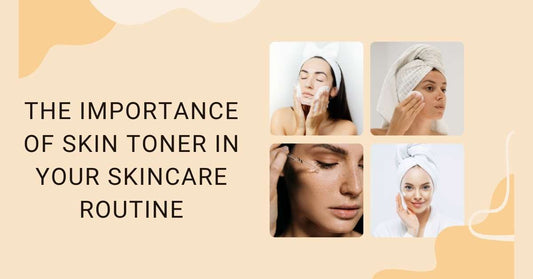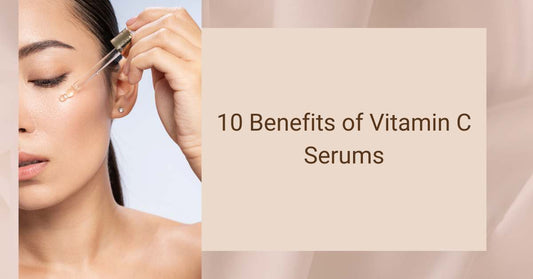Hey there! You think you know everything about skincare just because your friends say so? Well, let’s keep that aside and burst few of these sunscreen myths for you! To begin with, your sunscreen is meant for all seasons, and all types of climatic conditions. If you have been skipping out on your sunscreen then, it is time to start applying now!
If you have been confused about what to believe and what not to believe, then we have got you covered here at Iba, because we have the right myth busters in store just for you. Many a times you’ve heard or received advices regarding a sunscreen; when to apply, how to apply, where to apply...and we’re sure that most of them have left you in puddle of confusion.
Let’s sort that out for you today. Here are 7 myths about sunscreens that you need to stop believing right now!
Full Form of SPF
SPF stands for Sun Protection Factor. Simply put, an SPF rating tells you how long you can stay in the sun without getting burned while wearing that sunscreen.For example, it typically takes you 15 minutes to burn without sunscreen, so if you apply an SPF 10, it will take 10 times longer (2.5 hours) to burn in the sun. Interesting… isn’t it? But remember!!!!!!…… A higher SPF doesn't indicate superior sun protection—it indicates that you will remain protected in the sun for a longer amount of time. For example, an SPF 10 product protects your skin just as effectively as one with an SPF of 50. However, SPF 10 sunscreen will need to be applied more frequently.
You need to re-apply your sunscreen
No matter what SPF you choose, it's best to reapply sunscreen at least every two hours, no matter where you are or what you are doing. Especially if you are outdoors and you have been spending a lot of time in the sun. Choose a sunscreen that is waterproof and sweat proof which will last for a longer duration. A sunscreen that is water-based is more comfortable to wear during the hot summer months.
Did you know?
When you apply SPF 50 sunscreen, it blocks 98 percent of UVB rays; SPF 100 blocks 99 percent. When used correctly, sunscreen with SPF values between 30 and 50 offers adequate sunburn protection, even for people most sensitive to sunburn. So, to all those people who kept on believing that more the SPF it is better, hope you got your answer! The SPF only indicates the level of protection against the sun's ultraviolet rays, which are called UVBs for short. However, ultraviolet A (UVA) rays also pose risks. They age the skin and contribute to skin cancer. SPF alone does not protect against UVA rays. Not just this, make sure you apply your sunscreen at least 20 minutes before stepping out of the house for your sunscreen to work properly.
How to choose a sunscreen?
In order to get the best sun protection possible, look for a sunscreen that provides both UVA and UVB protection.Look for a sunscreen that says "broad spectrum" on the label and that has an SPF of at least 30 to protect your skin from both UVA and UVB rays. Also make sure that the sunscreen you are picking a suitable for your skin type. Most sunscreens are cream-based which makes it extremely greasy and oily to wear. So make sure you choose a sunscreen that is not just lightweight but also suits your skin type. This not only helps in protecting your skin against the sun, but it also helps in keeping your skin well hydrated. A sunscreen for sensitive skin is one of the best picks for everyone.
A tan is a sign of good vitamin D exposure!
This is one of the biggest sunscreen myths you can ever come across! Having a sun tan does mean that you have a good level of vitamin D. You just need 10-15 minutes of sun daily before your body reaches the maximum limit of vitamin D and then your body automatically stops. The best way to maintain vitamin D is through a healthy diet and sun exposure– in moderation. The best time to soak in natural vitamin D from the sun is early in the morning for a few minutes. The early morning sun is much more mild compared to the rest of the day.
Dusky skin does not need sunscreen
No matter what skin tone you have and it doesn't matter if you’re dusky or fair. Sunscreen is extremely essential for all skin types and complexions as it helps in preventing skin cancer as well as premature aging caused by sun damage. Sometimes because of our skin types we tend to skip out on sunscreen. But there are sunscreens for oily skin as well as sunscreen for sensitive skin that are extremely comfortable to wear. Hence there is no reason for you to skip out on your sunscreen no matter what your skin type is or what your skin tone is.
Sunscreen is not enough to moisturise your skin
This is another sunscreen myth that we would like to burst! A few sunscreens are actually more than enough to protect your skin against the sun and also work like a moisturiser. For example one of the best sunscreen for combination skin from the brand called ‘Minimalist’ is a great product to use on its own. Whereas the Watermelon Sunscreen from the brand called ‘Dot & Key’ is one of the best sunscreen for all skin types and can be used on its own for sun protection as well as for hydration. These sunscreens are extremely lightweight and comfortable to wear. So, your sunscreen is more than enough to protect your skin against the sun is harmful rays and also to moisturise your skin.
You can thank us later for these myth busters but for now, protect your skin!





